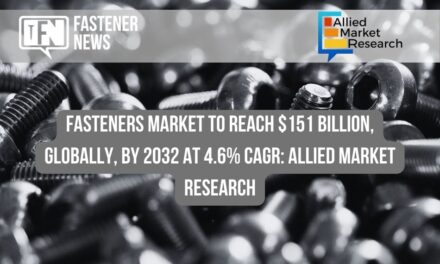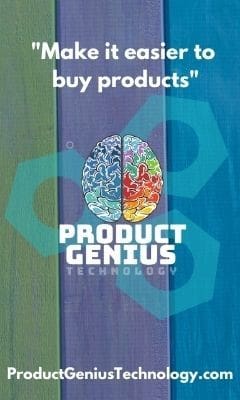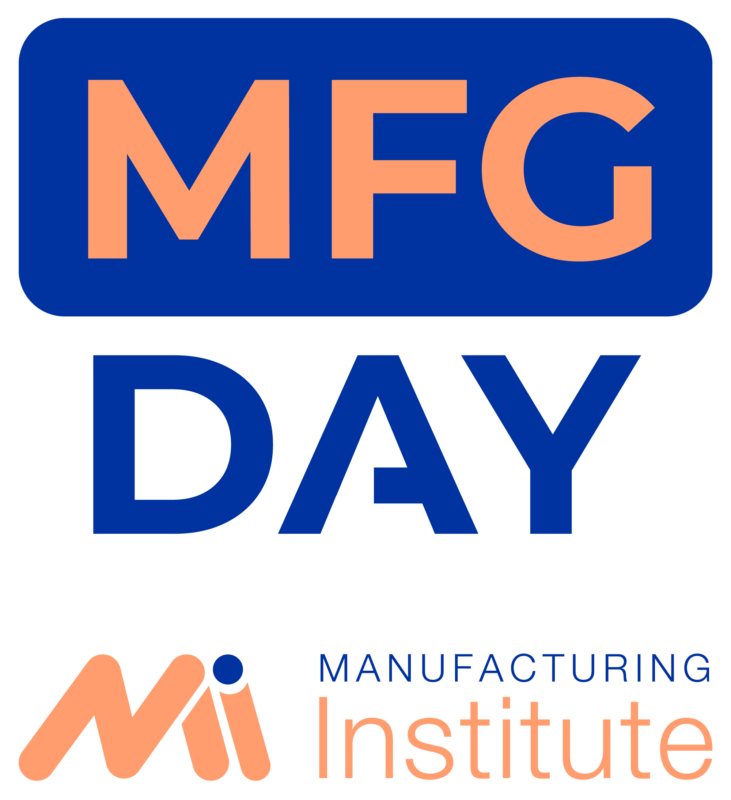
By Clare Scott
A supply chain crisis has been affecting the world in recent years, particularly since the COVID-19 pandemic. This has taken the form of long lead times, as well as stalling of production when parts needed for manufacturing fail. Sometimes these production delays can be in the range of months. Efficiency is critical for businesses to remain competitive, so these bottlenecks can be extremely damaging. There is a potential solution, however: additive manufacturing.
AM supports on-demand, localized production, meaning that companies can produce parts at the point of need or nearby, reducing the need for long-distance shipping. The nature of AM can shorten lead times, too. Without the need for tooling, parts can be designed digitally and iterated quickly, removing delays that can happen when a part needs to be altered or redesigned.
Inventory optimization is another benefit of AM. Rather than maintaining large stockpiles to avoid the chance of being caught without a critical part, companies can keep a digital inventory. Spare parts can be produced as needed, minimizing the chances of obsolete inventory and saving space in physical facilities.
Industry 4.0 and the cloud are enabling a vast digital manufacturing network in which a print job can be initiated in one part of the world and finished in another, exactly where the part is needed. Additively manufactured metals also have the potential to replace many machined equivalents, meaning that shortages of common materials are less of an issue.
The COVID-19 pandemic was a good example of how, in the event of supply chain issues, AM was able to help. Millions of medical components were produced using AM, including nasal swabs, parts for ventilators, masks, and other personal protective equipment. These parts were produced rapidly and on demand, likely saving many lives.
In addition to the healthcare field, many other industries are using AM to circumvent supply chain problems, including automotive, aerospace, military and defense, energy, oil and gas, and more. The advances made in AM methods and materials have led to the technology’s evolution from being used mainly for prototyping to a true production technology. This opens new doors for faster and more localized manufacture of parts in these and other industries.

Another interesting possibility that AM enables is greater customization. Because AM does not require minimum orders but can instead produce parts in small batches or even individually, it is possible to create customized parts for individual consumers. AM makes the supply chain independent from consumer demand and reduces waste.
By reducing lead times, increasing efficiency, and supporting customization and on-demand production, AM has the potential to significantly transform the supply chain. As the technology continues to mature, companies will need to evaluate the specific benefits and challenges of incorporating AM into their supply chain strategies. Those who embrace it can gain a competitive edge by creating more agile and responsive supply chains, better equipped to navigate the demands of today’s fast-paced world.
Content Source: ASTM Wohlers
RELATED CONTENT:
3D Printing / Additive Manufacturing, ASTM International’s Standardization News, Additive Manufacturing Magazine, Fastener News

















